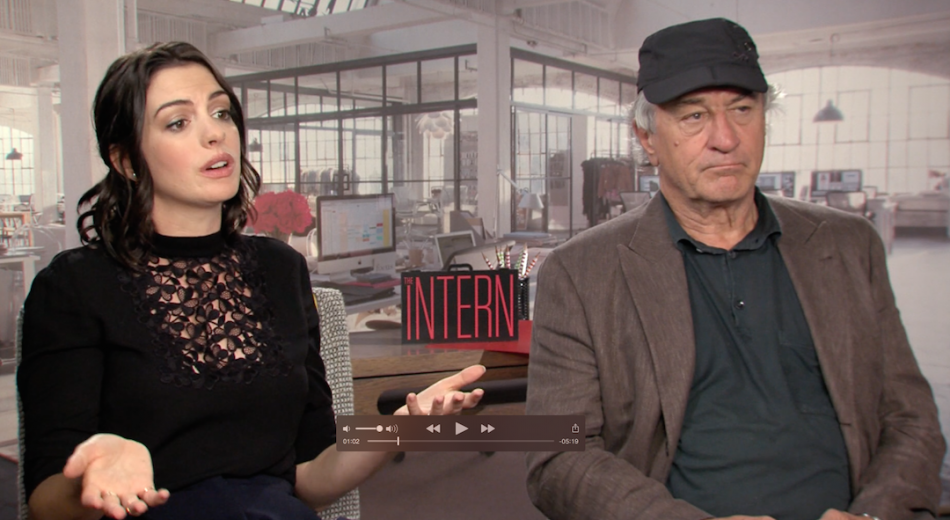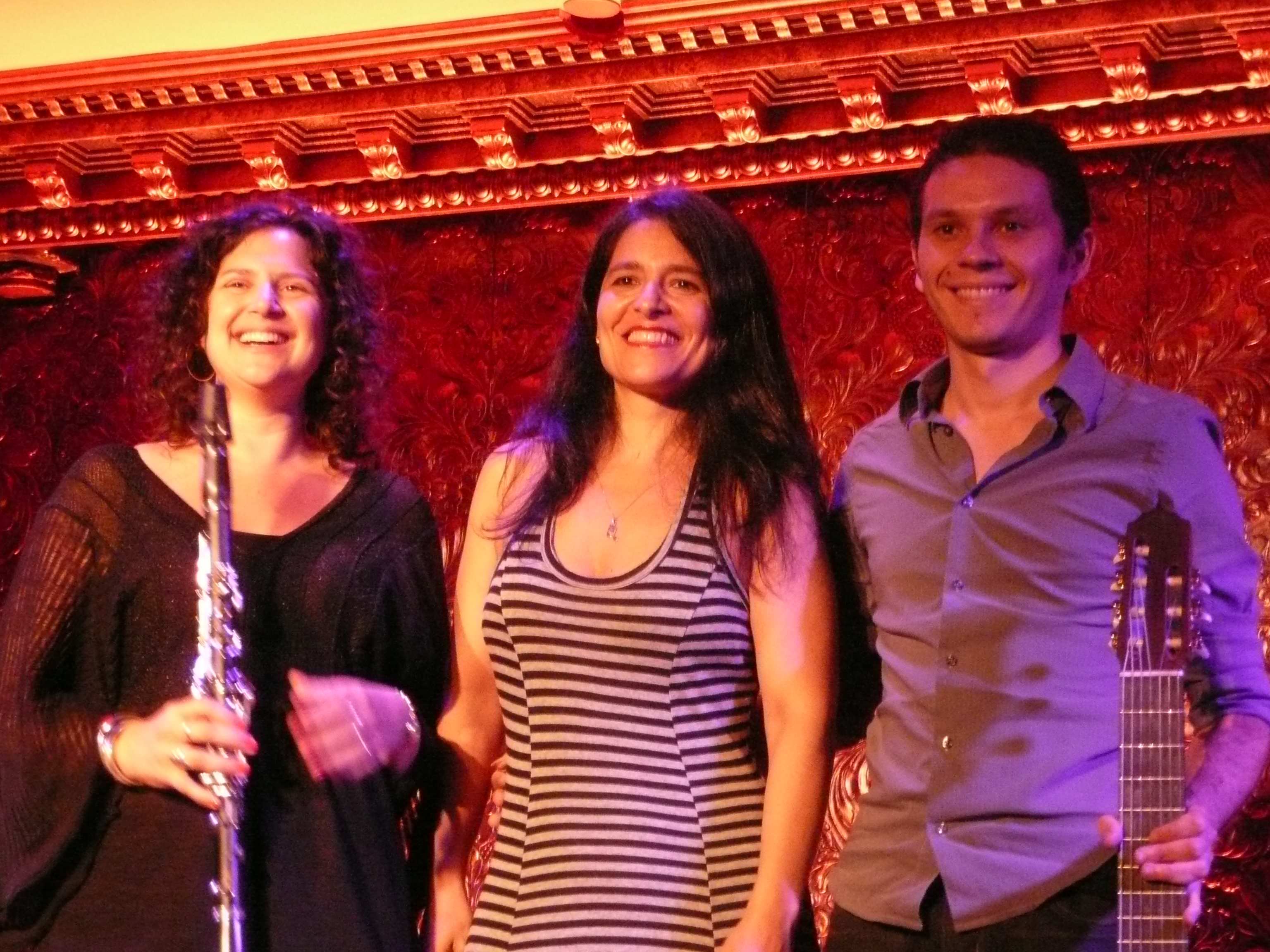JOHN LEE BEATTY, PORTRAIT OF THE DESIGNER AS A YOUNG MAN: A LOST INTERVIEW
Part 8: “From Realist Extraordinaire to Mr. No-Scenery”
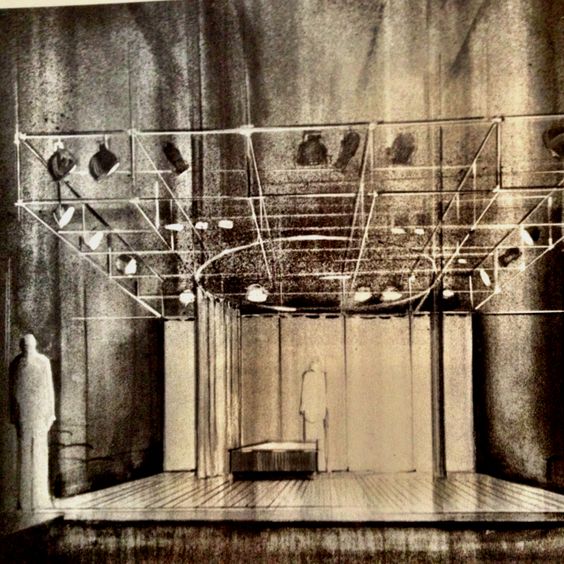
Set Design ‘Ashes’
As told to Samuel L. Leiter
This is the eighth installment in my previously unpublished 1980 interview with designer John Lee Beatty, which is being serialized in Theater Pizzazz. Please see Part 1 for an introduction to the interview, which I’ve adapted as a narrative, and why it’s first being published 40 years after it occurred.
I’ve done a number of shows that left me depressed. There’s one show I still think about. Some shows you never recover from. Never, never. How can you be so stupid, how can you make so many wrong choices? For example, I did a production of Irma la Douce for Civic Light Opera in Los Angeles where I misjudged the people I was working with, I made mistakes in design, I made mistakes in color, I made mistakes in choice of materials. I was just on a bummer trip.
As it turned out, this was a result of a lot of hard work, too. I had started hitting it big, and I was exhausted. I didn’t understand how much my exhaustion had to do with what was going on with the designing. I was doing fourteen or sixteen shows a year. I still do a large, large number of shows. All across the country. But I was killing myself. I would work from morning until I went to bed. There was no break. And a lot of that showed in Irma la Douce.
Anyway, after becoming a “realist extraordinaire” I decided it was time for me to do some musicals because I hadn’t done one in years and had always wanted to do them instead of plays. It was just an irony that I got where I got. And Goodspeed Opera House came along, looking for a designer. It was one of those funny cases where three different people independently recommended me to them in the same week. So they called me at the same time as I was calling them. We got together and I went up there to do musicals.
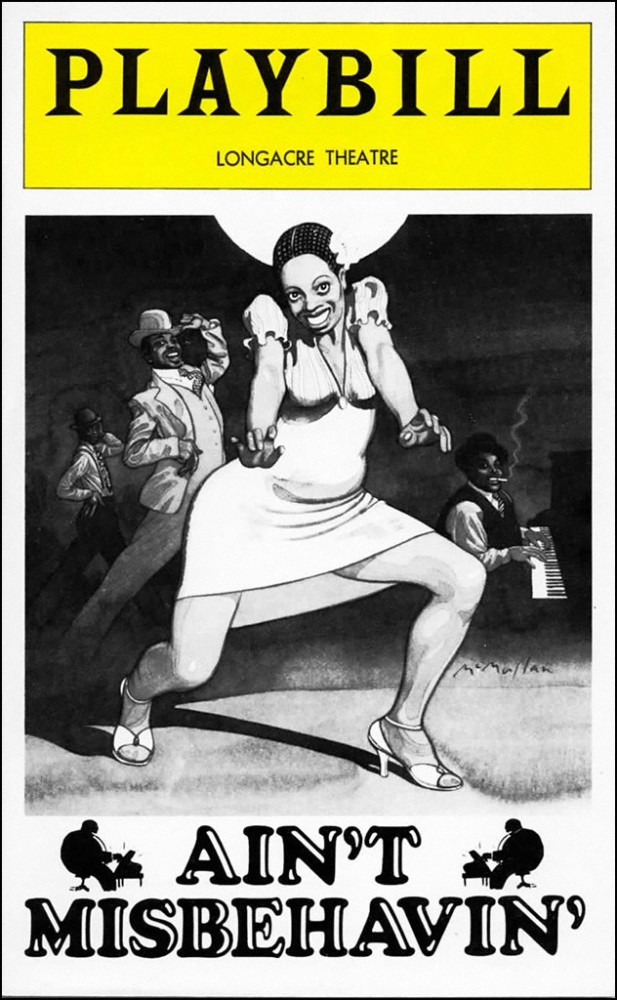

Then Ain’t Misbehavin’ came along a year and a half after that. Then, of course, people thought of me as the designer for black musical revues. With no realistic scenery in sight. You just take it all in stride. You’re going to get typecast, however, wherever you can get typecast.
I was talking to my sister on the phone last night. “Oh it’s another John Lee Beatty set, you know, it’ll do okay,” I said. She said, “What do you mean?” I was talking about my newest show. I said, “Oh, you know, it has a certain warmth to it. It’s sort of cute and cozy.” She said, “I know it sounds funny, but the last two sets of yours I saw were The Innocents and The Faith Healer, both of which were not ‘inviting’ sets. They were very strong, very handsome, and very cold and austere.” And I said, “Oh, yeah, but you know, these are real John Lee Beatty sets. The ones that have ‘schmatas’ and little things here and there and it all enfolds you like a cozy little womb”
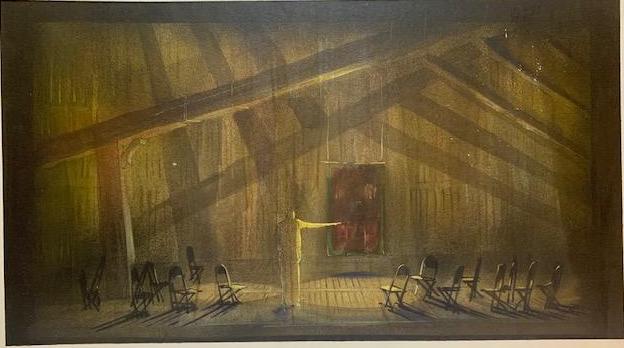

Set Design ‘Faith Healer’
That’s the sort of cliché John Lee Beatty set, but I see the other. They have something in common but I don’t know what it is. The musicals do, too. There’s something a little “laid back” about my musicals.
I don’t care what type of theatre situation I’m working in—proscenium, arena, and so on. Of course, an odd theatre is always a challenge but almost any show is a challenge. I don’t remember any easy shows. Some people say Ain’t Misbehavin’ was easy, or Ashes, which is a show of which I was very fond for the designs.
There was no scenery on the stage and it was very plain. I remember some lady saying, “Oh, he has his nerve putting his name on the program for that—there’s nothing there.” Let me tell you, that show took an enormous amount of design work. Just pure design work, sitting down and trying to design so that it would look like I had done nothing. To cover up your tracks in the snow like that is a big project.
After “realist extraordinaire” I became “Mr. No-Scenery.” To make scenery that is not noticeable is very hard. Because even if you just put black masking flats on the stage, it’s a very noticeable choice. You see the blacks flats, they have an effect on you, etcetera, etcetera. You have to be very careful.
(To be continued.)





